qiān xiǎnɡ miào dé 迁想妙得
Inspirational Creation Based on Association in Thinking
指画家在艺术构思与创作过程中善于联想,将各种形象、素材通过画家的情感活动重新组织、构图,使画面形神兼备,如同妙手偶得。“迁想”重在想象、选择与构思,所创作的题材、素材来源于现实,却不是现实的完全复制。“迁想”是将画家的思想情感融进、移入作品的形象。“妙得”意思是精妙之得,是“迁想”的最终结果,重在作品的审美效果。它不仅要“得”物之形,还要“得”物之神,如此才称得上“妙”,因此,“妙得”也有妙得灵感的意思。“迁想”“妙得”是一个连贯的艺术创作过程,不可分割。这一术语是对艺术构思与审美活动特点的最早概括,后成为中国绘画理论中的一个重要原则。
This concept means a painter should be good at association in thinking in artistic conception and creation. He should give full rein to his imagination and connect and reconstruct a variety of source images and materials so as to create a great painting in both image and spirit. “Association in thinking” stresses imagination, selection, connection and conception. While the subject matter and source materials come from reality, the painting is by no means a replica of it. “Association in thinking” makes it possible for a painter to reconstruct his thoughts and emotions in the image of his work. “Inspirational creation” stresses the aesthetic effects of a good painting that derives from “association in thinking.” A good painting should not only create a good image, but also enable the viewer to appreciate the underlying message. Such a painting is one of inspirational creation. “Association in thinking” and “inspirational creation” together constitute an inseparable process of artistic creation. This concept is the earliest definition of artistic conception and aesthetic appreciation in China; it later became an important principle underlying the theory on Chinese painting.
引例 Citations:
◎凡画,人最难,次山水,次狗马,台榭一定器耳,难成而易好,不待迁想妙得也。(顾恺之《论画》)
(凡是画画,画人最难,其次是画山水,再次是画狗马之类的动物,亭台楼榭是固定的器物,难画却容易画好,不需要迁想妙得。)
Painting human figures is most difficult; less difficult is painting the landscape, and then animals such as dogs and horses. Pavilions, which are fixed objects, are also difficult to paint, but it is easy to create accurate image of them because no inspirational creation based on association in thinking is required. (Gu Kaizhi: On Painting)
◎顾公运思精微,襟灵莫测,虽寄迹翰墨,其神气飘然在烟霄之上,不可以图画间求。(张怀瓘《画断》)
(顾恺之运用心思精深微妙,他的襟怀与想法难以预料,虽然依托笔墨来表现,但他的神采气韵却高高飘于云霄之上,不能只在画面中寻求。)
Gu Kaizhi thought deeply before creating a painting, with his vision and thinking hard. His paintings were created through the use of ink and painting brushes, but his artistic appeal and charm have transcended his paintings, reaching high clouds. (Zhang Huaiguan: An Appraisal of Paintings)








